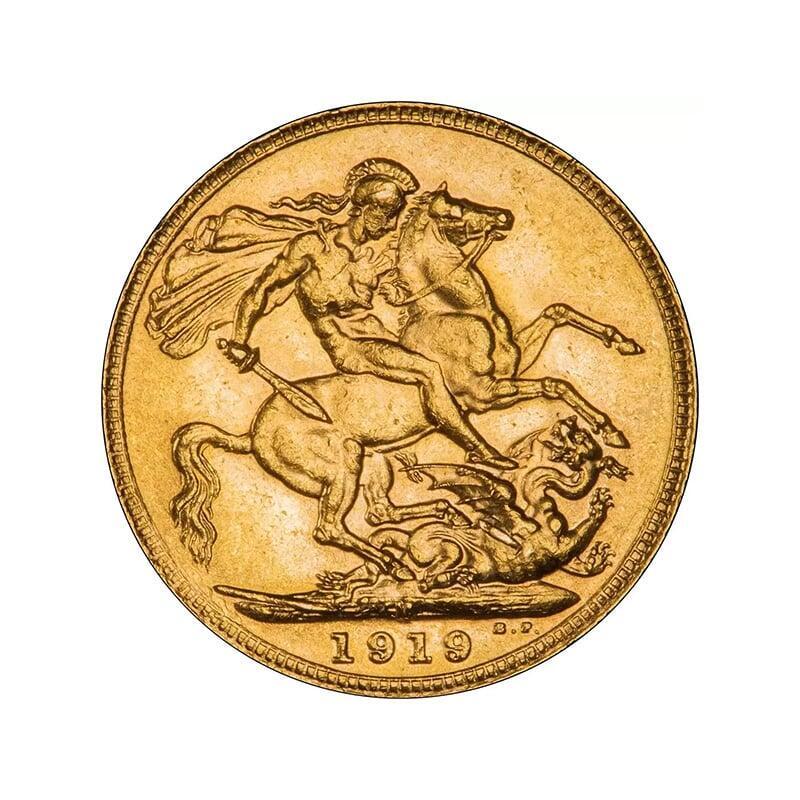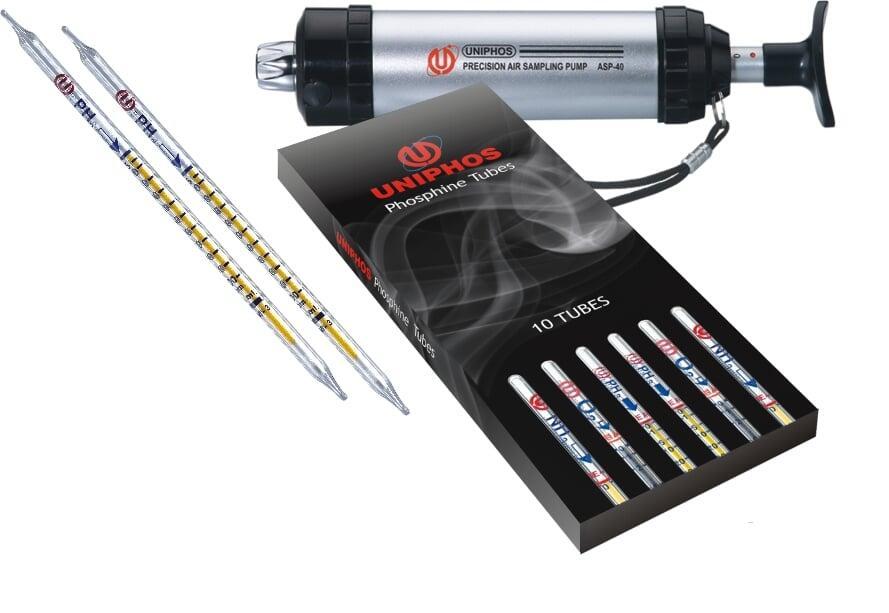
The industrial revolution, which began in the middle of the 18th century, saw the demand for coal to power its machinery grow rapidly meaning a great many deep mines were opened. It quickly became clear that mining could create dangerous gas hazards, particularly explosive methane and poisonous carbon monoxide. It was routine for miners to carry a canary to warn particularly of the dangers of increased gas levels.
In 1815 the Davy lamp was widely introduced to indicate the presence of methane, but there was no easy way to detect carbon monoxide until two Americans, Charles Hoover and Arthur Lamb filled a small glass tube with a material which changed colour in the presence of CO and the first colourimetric gas detection tube was born.
The year was 1919.
Since then colourimetric gas detection tubes have been developed for over 500 different gases and they remain the only simple and quick way to detect many hazardous gases. Unlike the Hoover and Lamb tubes, modern tubes have a graduated scale on them and the amount of colour change indicates the actual amount of the gas present.

Dräger began producing 7mm sized detection tubes in the 1930s: followed by Kitagawa, who started making a 5mm diameter version in the 1940s. Gastec, Honeywell and Uniphos followed manufacturing tubes later in the twentieth century.
Today the technology remains broadly the same as it was in 1919 and thousands of tubes of different manufacture are sold every single day worldwide. The only restriction on the use of the tubes is that a 5mm tubes has to be used in a pump designed for 5mm tubes and a 7mm tube needs to be used in a pump designed for a 7mm tube. Uniphos are the only manufacturer which offers both systems.
Colourimetry, the science of the measurement of colour, replacing subjective responses of colours with an objective numerical system, is a staple of chemists. The colourimetric tube is now 106 years old and hasn’t been bettered for its simplicity and adaptability.

